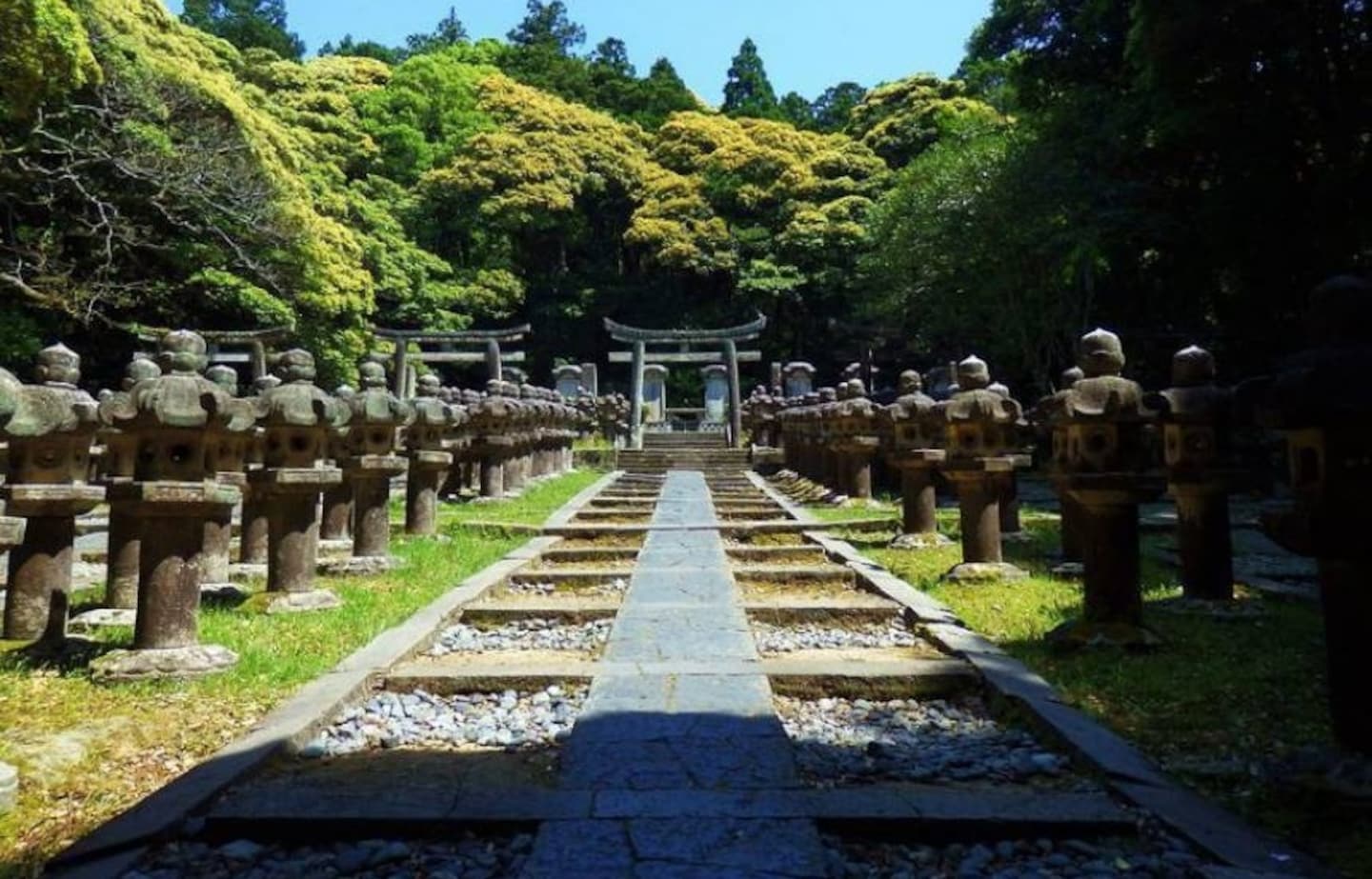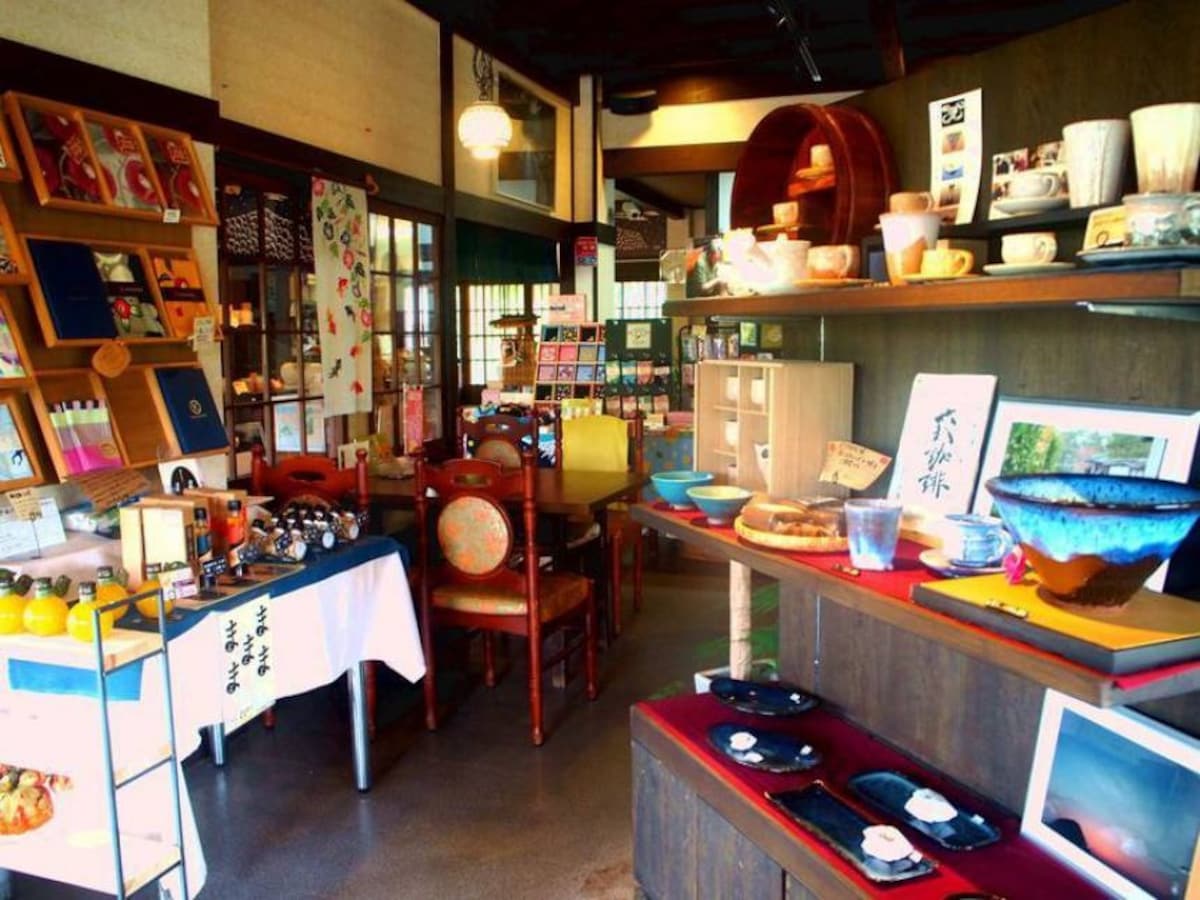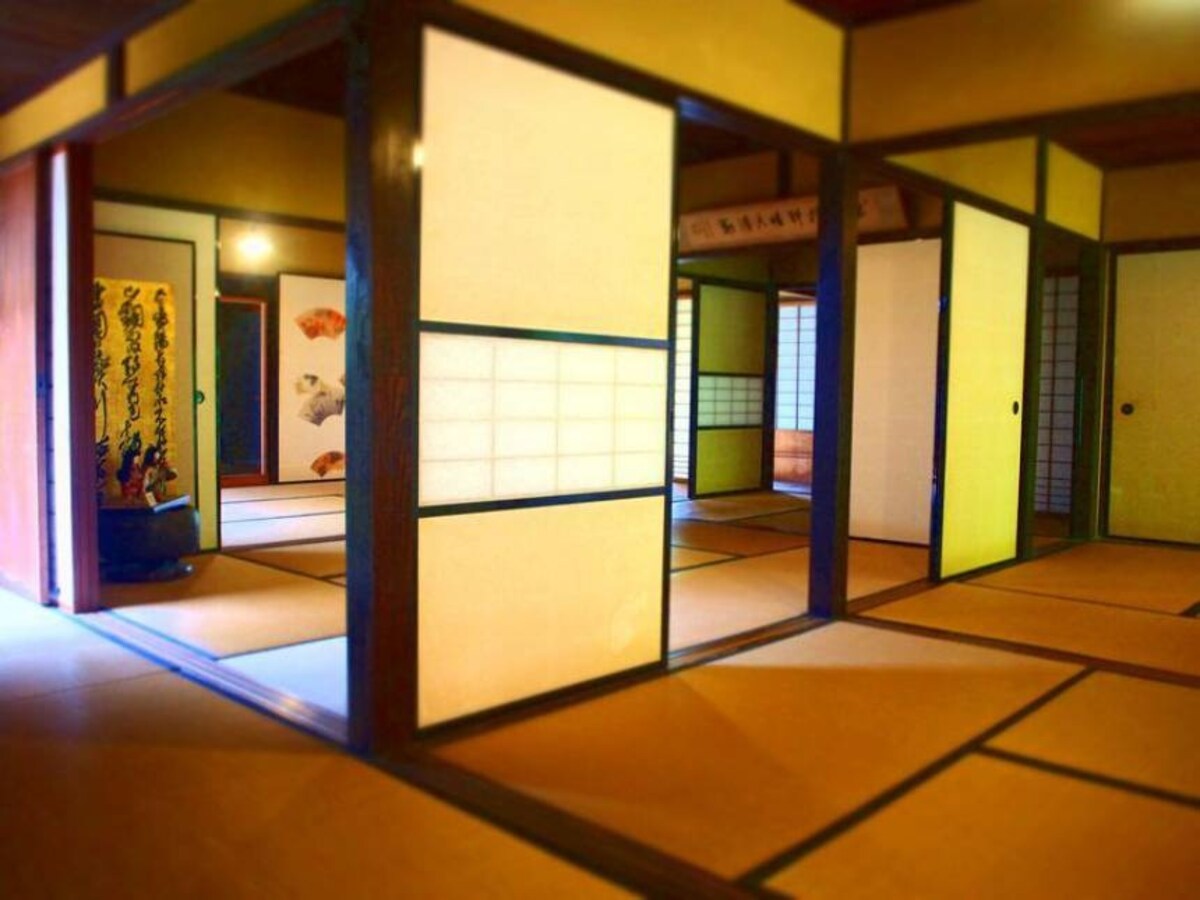9 Incredible Historical Spots in Hagi
The city of Hagi is in Yamaguchi Prefecture, which is the westernmost region of Japan's main island, Honshu. Known as a city filled with history, it was especially important during the Bakumatsu Period, when the power of the shogunate declined. If you want to steep yourself in Japan's rich history, there's no better place than Hagi!
By Trip1019. The Beautiful Nature of Myojin-ike
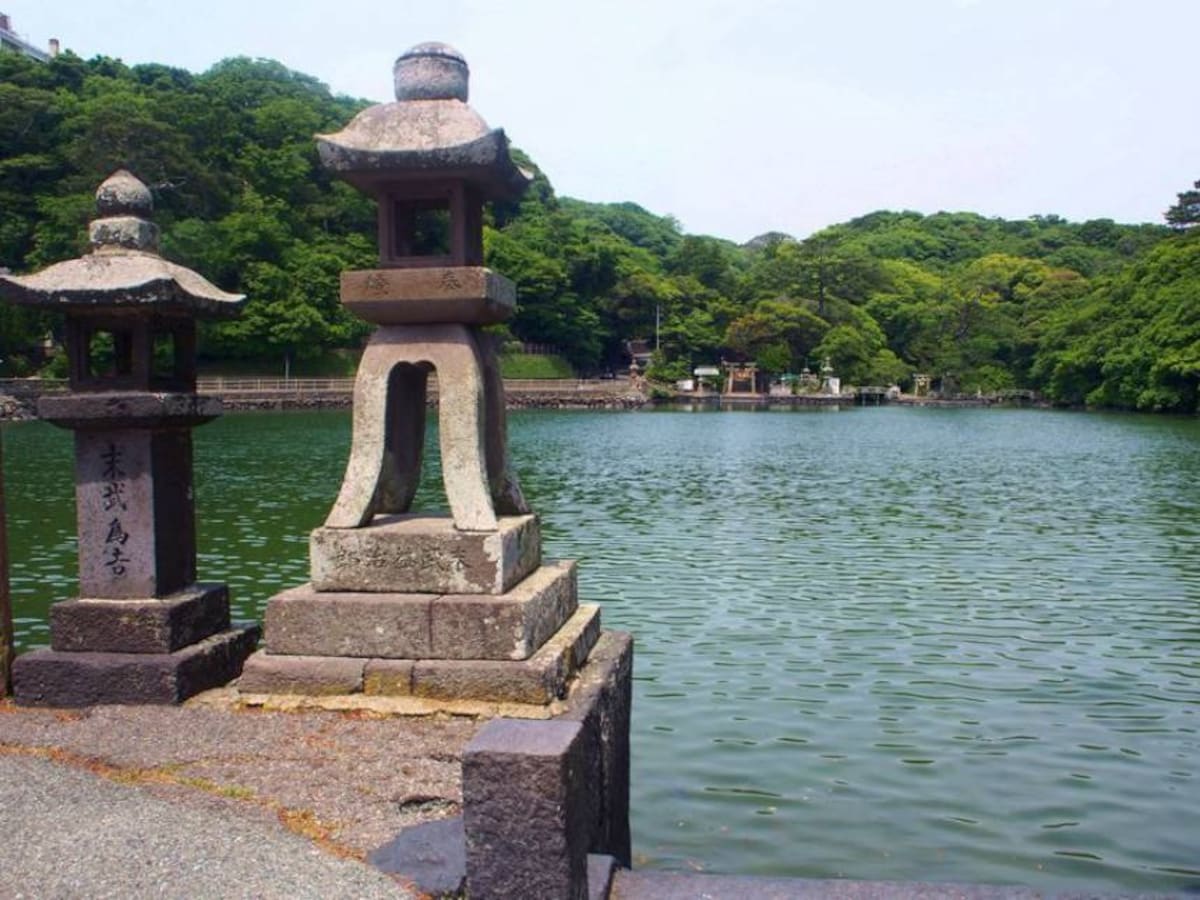
http://www.travel.co.jp/guide/photo/28046/1/1/
Myojin-ike is located just 12 minutes from Hagi by car, or about 20 minutes by bus. It's next to a mountain called Kasayama, and is one of the smallest active volcanoes in the world, with a height of only 112 meters (about 367 feet). Myojin-ike is designated as a Natural Monument of Japan, and is a unique lake full of wild breams and flatfish. Found behind Myojin-ike is a shrine called Itsukushima Shrine, which is a sister shrine to the famous shrine of the same name in Hiroshima Prefecture. You can take a short hike from Myojin-ike to Kasayama through the shrine. The walk is about 1.3 kilometres (0.8 miles) and takes about 30 minutes. It's a must-visit for anyone who wants to appreciate the natural beauty of Hagi!
8. A 120-Year-Old Retro Café
There's an incredibly retro area of Hagi called "Edo Yokocho." Found on one of the rustic streets reminiscent of old Japan, the Kimono Style Café is part of a renovated building in which the local lords of the Mori clan used to stay. The building has a history of over 120 years! Retro furniture decorates the interior, and helps cultivate a leisurely atmosphere. Here, you can enjoy drinks like matcha green tea, as well as sweets like matcha chiffon cake and cheesecake. It's highly recommended that you try the original coffee too! Souvenirs abound at this café as well, and mostly center on the theme of Hagi’s history. Tea bowls referred to as Hagi Ware are also sold here, and are crafted using traditional pottery techniques for which the region is famous.
7. Unrin Temple – The Cat Temple
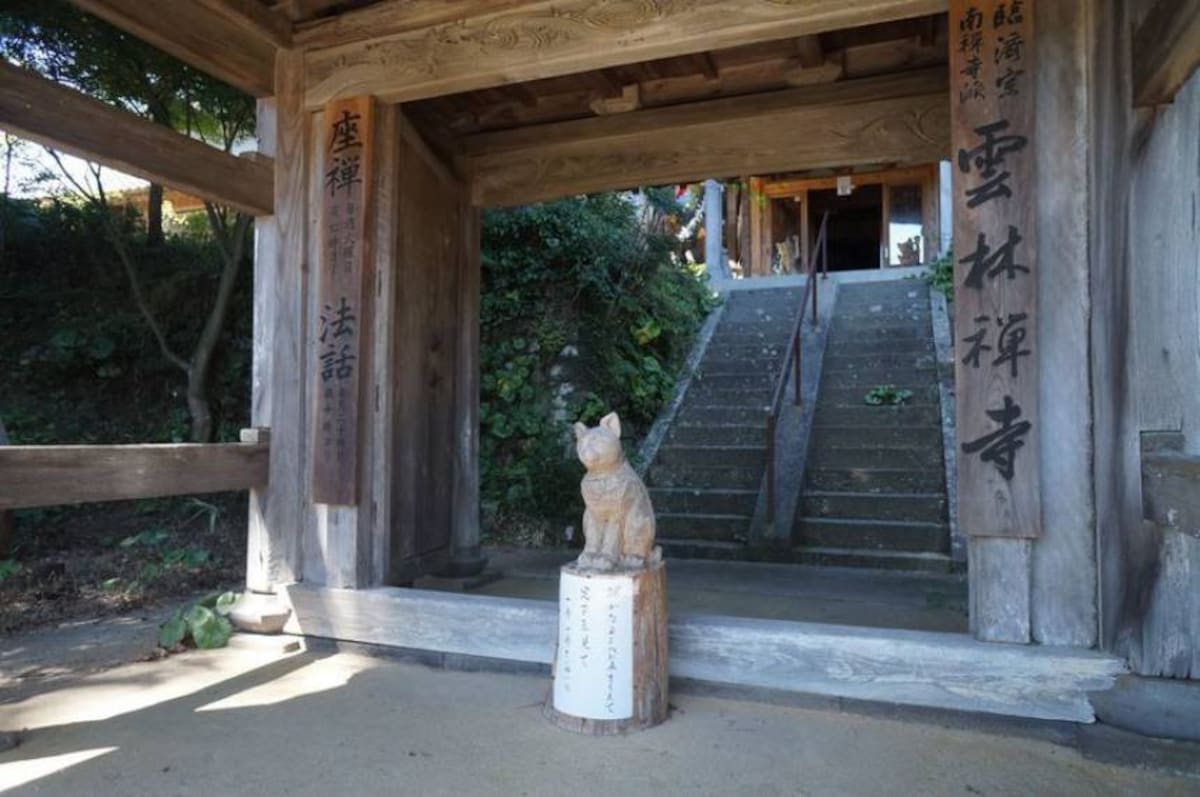
http://www.travel.co.jp/guide/photo/6321/1/
Unrin Temple is a very unique attraction in Hagi. Unlike other temples that are also known for their historical value, Unrin Temple is one where cats steal the limelight. Legend has it that when the local daimyo Terumoto Mori passed away, one of his retainers got extremely depressed and took his own life. It's said that as a result, the retain's pet cat also became depressed, and took its own life by biting off its tongue. Unrin Temple then started paying respect to cats to appease the spirit of the dead cat that roamed Hagi. Sure enough, when you visit you’ll encounter an army of cats, mostly in the form of the "beckoning cat," maneki neko. There are also several cat statues carved from wood using a chainsaw (!!!) on display as well.
6. The Strange Landscape of the Susa Hornfels

http://www.travel.co.jp/guide/photo/4775/2/
The Susa Hornfels (a hard, splintery metamorphic rock) are located in the northern part of Yamaguchi, and are a fantastic geological marvel. Here, visitors can enjoy a panoramic view of the beautiful coast along the Sea of Japan. At the Susa Hornfels, you will notice that the rock surfaces have distinct demarcated layers. These layers are a result of sediment deposits over the centuries—namely sandstone and shale—and it very aptly depicts the amount of time that was required to naturally build this landscape. The scenery offered at the Susa Hornfels is truly unique, and is definitely worth a visit!
5. The Yukawa Family Residence
The Yukawa were a family of warriors that used to reside in Hagi. Their former residence is a spectacular example of traditional Japanese architecture, but the highlight is the kitchen, called the hatoba. The hatoba is designed in a very interesting way—a small staircase is connected to the river beside the house, so the kitchen staff could wash their vegetables and dishes without actually having to step outside. The garden of the Yukawa family’s former residence is also beautiful, the perfect place to snap a few Insta-worthy photos. The Yukawa family’s former residence is located north of the Aiba River which flows through Hagi. There are many shops along this river, and you can take a relaxing stroll from the city center, which lasts about 40 minutes.
To enjoy more living history in Hagi, read the full article from Trip101 via the link below!


